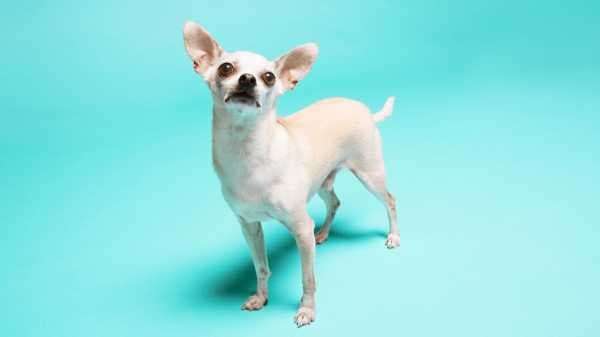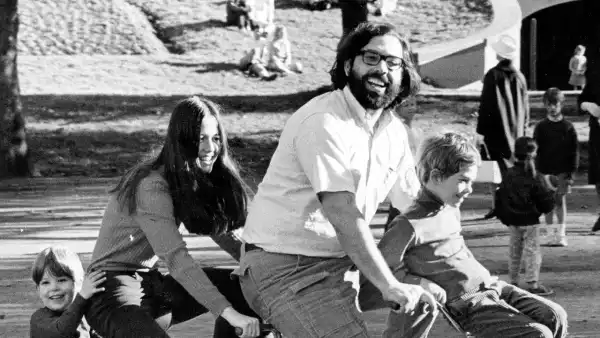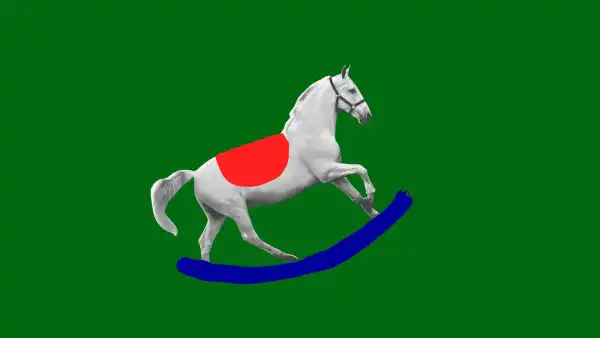
When I was a kid, in Colorado in the nineties, I’d scour the pet listings in the Sunday classifieds section of the now defunct Rocky Mountain News, hoping that if I could find just the right candidate my parents might let me get a dog. In those pay-per-word days, the ads were written in a clinical and cryptic shorthand, with few details beyond the breed and size and the occasional “Cute!” I learned to skip the ones that said “AKC reg” (American Kennel Club registered)—those were pedigreed pups, and I knew that a high-priced pooch or one that needed house-training would be a non-starter with my parents. Likewise, I learned to look for the phrase “owner died”—the most reliable indication that a dog was being sold through no fault of its own.
Last year, in a bout of procrastination, I began poking around the used-animal market once again, fantasizing about getting a dog but having no real intention of doing so. I found that, just as the personal ads of yore have been supplanted by detailed, picture-filled dating-app profiles, the esoteric classifieds I used to peruse had been replaced by online pet listings so informative and full of color that they might be considered a minor literary genre.
On Petfinder.com, the Alexandrian library of animal-adoption databases, there are currently a thousand dogs listed for adoption within ten miles of my Brooklyn apartment. The majority are mutts of one sort or another, but one advantage of the dog that looks like nothing in particular is that you can, in fairly good faith, call it almost anything. Dillan, a haggard-looking guy who was picked up as a stray in rural Georgia, is listed as a German wirehaired pointer. Duke, dingy white and recovering from mange, is a Great Pyrenees. Chanel is called an Ibizan-hound mix, and she does have pointy ears like an Ibizan (albeit with a chunk missing from one of them), but she’s clearly mostly pit bull. Pit bulls account for a huge number of the dogs on Petfinder, although few are labelled as such. Many are called Staffordshire terriers—which is actually a type of pit bull, but one whose name conjures visions of country manors and raised pinky fingers. Almost as plentiful are the Chihuahuas, but there’s no rebranding a Chihuahua. At best, it’s a Chihuahua mix.
In the world of Petfinder, no pup is ever described as mean or neurotic or difficult or simply pathetic. Chuck “isn’t interested in playing yet.” Pecan would like to go to a home where she is “an only Princess because she does not like to share her food or toys.” Every dog is a “sweet little boy” or an “adorable little girl.” It’s not that the animals’ flaws are elided; adoption organizations take pains to insure that animals go to people who can handle the particular demands of caring for them. Rather, the creatures’ shortcomings are presented in careful, artful euphemism. A dog that “is happy as long as her humans are around” presumably barks without ceasing when they are not. A dog that has “excellent aim” when relieving herself on indoor pee pads might not have full-scale house-training in the cards. One that “has no issues with hiding her affection” will surely knock you flat every time you walk in the door. But Petfinder recognizes that, although honesty is an important foundation of any relationship, it never hurts to put one’s best paw forward.
After a few months of voyeuristic browsing, I found myself submitting the occasional adoption application. Naturally, I wasn’t interested in the pit bulls or the Chihuahuas, or the dogs with rust-colored tear stains down their snouts, or those that needed medication, or the one that had a problem retracting his male member and required his human to help him reinsert it now and then. I lived in particular horror of a condition known as cherry eye, in which a prolapsed ocular gland forms a shiny, bulbous protrusion in the inner corner of a dog’s eye. I saw it as my task to read past the delicate phrasings, to recognize the harsh realities beneath the unrelenting optimism.
But the gaze of the critic is at odds with the project of animal adoption, which rewards the eye that is calibrated for adoration. Instead of ferreting out failings, Petfinder helps the reader to see a pup’s every blemish as a mark of appealing individuality. Emoji, a Shih Tzu and poodle mix with a steely stare and a barracudian underbite, has, we are told, “an adorable expressive face,” and her “personality is just as endearing as her looks.” Pandora, a worn-looking hound with a missing eye, is “sporting a permanent wink.” Oliver, who has lost half his hair to a skin disease and has crooked back legs, is “an ugly duckling . . . full of rainbows and shooting stars.” “How could your jaw NOT drop all the way to the ground and through it to China for a face like that?” his profile asks. The descriptions read like poetic blazons: Behold the lopsided ears! Behold the scraggly coat! Behold the lolling tongue, the malformed limb, the crooked tail! Each creature is held up for careful consideration, and each is declared worthy. This is the look of love in the Corinthian sense, patient and kind and keeping no record of any pup’s wrongs.
The beautiful dogs were always spoken for by the time I submitted an application, but one day I got an e-mail from one of the organizations I’d contacted, saying that another dog, named Chip, urgently needed a foster home. Could I take him? An attached photo showed an abject little creature, an underweight white Chihuahua with “ears for years,” as his description put it, like those of a particularly unattractive bat, and eyes that were somehow both sunken and bulging at once. You could almost see the photo quivering. He’d been found abandoned in a house with thirteen other dogs and had to have fourteen of his teeth removed (“poor guy!”). He was “a tiny bit bossy” with other dogs and had a tendency to “get nippy” with people. He sounded like a real pill, but the loving kindness of Petfinder had got in my head. I said that I could take him, but only for a couple of weeks.
When he arrived, Chip wasn’t nippy but ferocious, or as ferocious as a six-pound animal can be. He laid his years of ears back against his head, bared what teeth he had, and barked and snapped and cowered. In the subsequent days, I discovered that he liked to pick fights with much larger dogs and chased children when they ran. He was perfectly capable of retracting his manhood on his own, but he often preferred to let it hang out. He even had an occasional cherry eye. But I also discovered that none of this bothered me the way I’d imagined it would. It turned out that the poetics of Petfinder had discerned Chip’s truer self. It had seen that he looked like “a little elf,” and, indeed, I began to marvel at him as though he were a fantastical impish creature. Despite his bossiness and nipping, he was indeed “a total lapdog,” and I soon came to miss him when he hadn’t tucked his warm, pliant little body into mine. That first night, the snarling and biting and hiding lasted a few hours, but then he suddenly jumped on my bed (which I hadn’t planned to let him do) and soon fell asleep. From that moment, he seemed to have decided that I was his human. And imagine my surprise when I woke up a few weeks later, with Chip sprawled by my side, belly up, like a tiny walrus, and found that he was my dog, too.
Sourse: newyorker.com






